“Your pipes have burst” is a phrase no homeowner wants to hear. It conjures up images of leaking, flooding and wet stuff—at the coldest time of the year.
Yet each winter, thousands of homeowners experience water damage due to freezing temperatures; and repairs can run into the thousands, says Joseph Plitnick, plumber and owner of Plitnick Plumbing. The good news? You can usually prevent this disaster from happening. With a little time and effort, it can be easy to prep your pipes for the chills of winter.
“The first step to safeguarding your home is to identify the pipes at risk,” says Plitnick. “And the areas most prone to freezing are those closest to the exterior of your home.” So start with outdoor lines and hoses, don’t ignore unheated areas like the basement and attic, and be aware even of the pipes underneath kitchen and bathroom sinks. Here’s what to do.
Drain And Shut Down
To properly prep outdoor pipes, the key is to get to work before the temperature drops below freezing. Remove and store any outdoor hoses, and drain all spigots before turning them off for the season. “The water should stop dripping out after about an hour,” says Plitnick. “Leave the exterior spigot open until it’s ready to turn on again in the spring. This will allow you to see if the interior shut-off starts leaking and needs repair.”
 Wrap It Up
Wrap It Up
Plitnick recommends installing foam or fiberglass insulation on exposed indoor pipes. Most of these can be found in the basement, but don’t forget to inspect your attic, garage, or crawl spaces as well. The pipe-wrap installation is easy, he says. First, clean off any dirt or grease on the pipe with a damp rag. Then cover the pipes as best you can with the foam, and secure it with duct tape. Plitnick also suggests using electric heat tape to wrap known problem areas. If pipes are too hard to reach or you aren’t able to do the work yourself, call your local plumber for assistance.
Control The Temp
Although you’re not able to control the outside temperature, it’s important to keep the temp steady day and night inside your home, says Plitnick. He also recommends keeping cabinet doors open under the kitchen and bathroom sinks, to allow the warmer air to circulate around the exposed pipes. To ensure proper airflow, he suggests, empty the cabinets (if possible) and keep the water running at a slow drip overnight. Simply running water through the pipes, even at a trickle, could help prevent them from freezing, he notes.
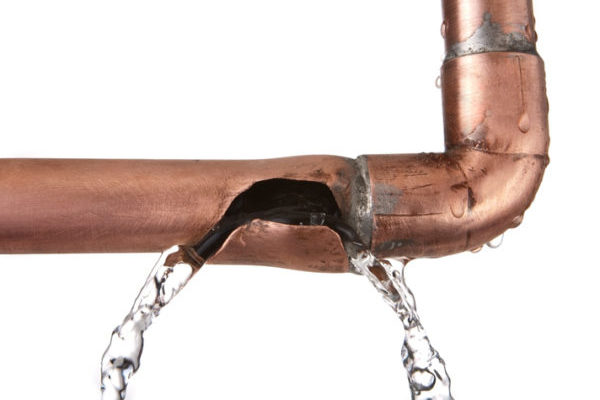 If A Burst Pipe Occurs
If A Burst Pipe Occurs
Even with the best preparation, your pipes may freeze; no water when you turn on the spigot may be an indication. In that case, says Plitnick, leave the faucet on and turn off the main water switch. “The main shutoff for most houses is in the basement by the front wall, near the water meter,” he says. Once the water is off, stay calm and call your plumber immediately for assistance. Thawing the pipes and treating possible water damage is best left to the pros.
Prepping your pipes is a smart way to help protect your home. So is getting a quote for homeowners insurance through the GEICO Insurance Agency.
By Donna Zucker

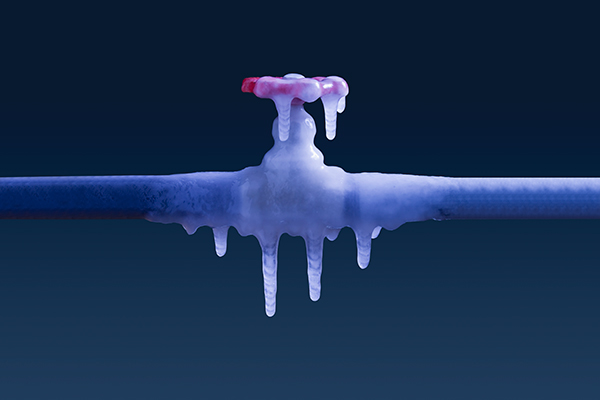



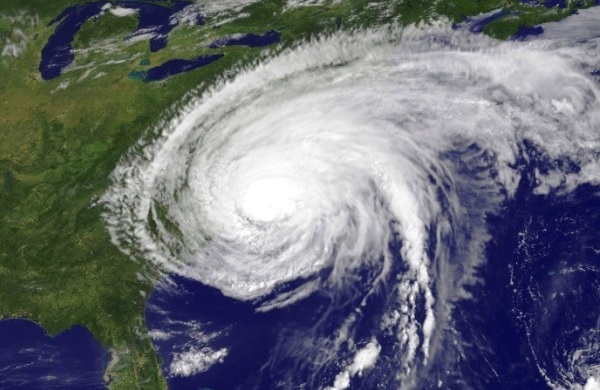
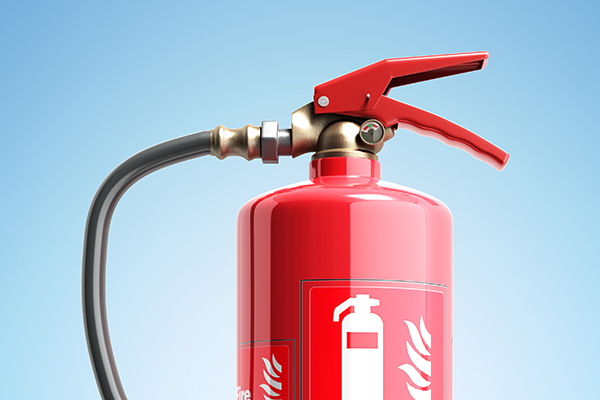
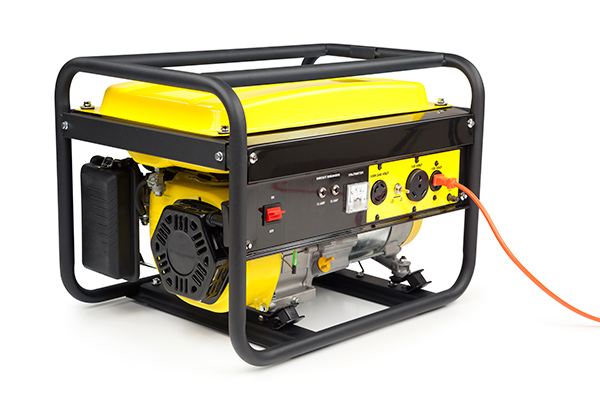
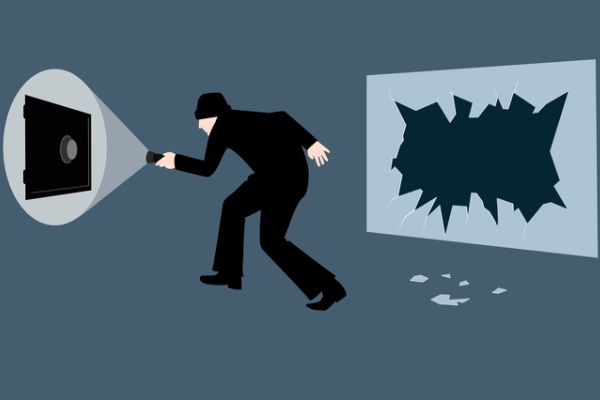
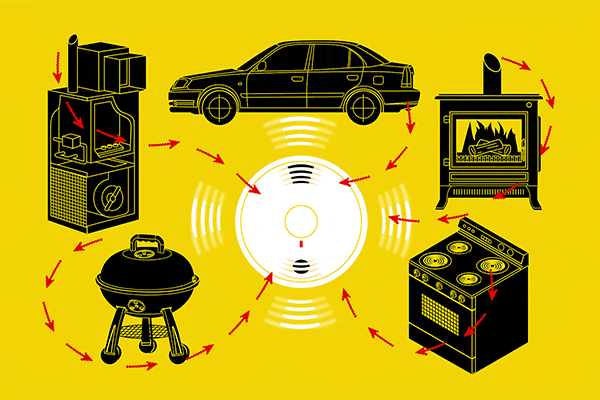
Gilsulate says,
Great article to read, all the tips are great….